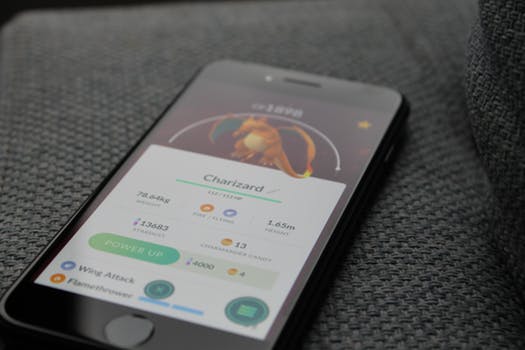It’s understandable why developers who are not in the gaming app space are envious of the developers who are. Users are willing to pay handsomely to download games; and often spend even more once they start playing. Mobile users also tend to play games on a regular basis over a period of months or even years.
King, the company behind Candy Crush and other blockbuster mobile games, continues to get 314 million monthly active users. For most app developers those numbers are exponentially higher than even the most optimistic projections. But that does not mean non-gaming apps can’t be monetized effectively.
Truth be told, non-gaming apps have the potential to deliver a healthy ROI and to keep uses engaged over the long-term. Making money from mobile users all depends on attracting the right users in the first place.
The User Experience is Everything
It’s easy to understand that the app’s users enjoy using the most are the ones they use the most frequently. That is partly because of the unique features that a specific app has to offer. But the impression users form incorporates every aspect of the experience, from the design to the admix.
The apps that enjoy the greatest success over the long term, whether gaming or non-gaming, are the ones that combine simplicity with satisfaction. Users find them instantly and intuitively easy to use, and they get distinct benefits from using the app. In short, they have a great experience the first time and every time after.
The tricky part is that there is no universal definition for “great user experience”. What some users like others will hate. And while some standards and best practices exist, the final impression is colored largely by the preferences of individual users.
Developers can try to create an app with the broadest possible appeal. But at best this makes the app adequate for everyone and perfect for no one. That will not keep users engaged, and it cuts directly into any monetization strategy. The key to mobile app engagement is to identify who an app is ideally targeted to and then customize the experience specifically for them.

Putting a Bullseye on the Target User
It’s tempting to conclude that you already know exactly who the target audience is. But misunderstanding the customer is one of the cardinal sins of business, and it’s surprisingly easy to be way off the mark.
Luckily, there are numerous ways for developers to study their target audience and understand them both objectively and minutely:
- Personas – Imagine the demographics of the target user – age, sex, location, etc. Then use those personas to understand how users will engage with the app, utilize the core features, and identify value. Personas are also helpful when crafting the language and style of marketing messages.
- Market Research – Personas can tell you some about your target audience, but market research fills in the blanks. Diving into facts/figures related to the target user’s demographics and lifestyle further reveals what kind of user experience they want. Researching competing apps is another way to learn what kind of experiences users will or will not be receptive to.
- Surveys and Focus Groups – At a certain point, you simply need to reach out to the target audience and ask explicitly what they want. Taking this step eliminates whatever assumptions or blind spots may be misrepresenting how developers understand users.
Once the target audience is understood, the user experience becomes more relevant and rewarding. And once that happens, users return to and recommend the app. For any app, monetization and optimization go hand in hand.

